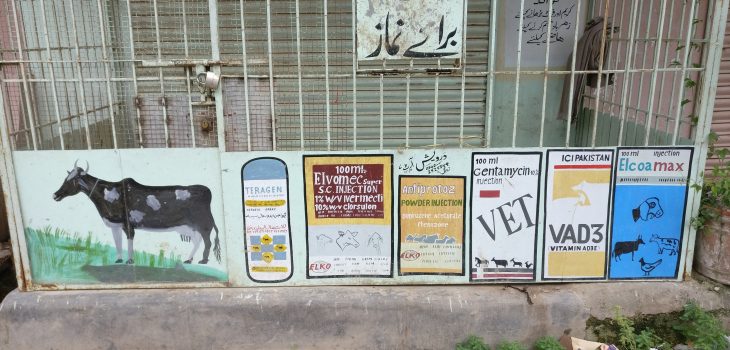By Anna Durrance-Bagale and Mishal Khan (London School of Hygiene & Tropical Medicine)
A UN report released last week highlighted yet again the serious threats to health and economic development posed by antimicrobial resistance (AMR). The report was picked up by newspapers around the world, from New Zealand to Nigeria. Having recently analysed how different stakeholders present the problem of AMR, we noted interesting differences in the various perspectives echoed in these news stories.
As we found in our study, AMR was often framed in the news as a problem that ‘developing countries’ are inflicting on the rich. The New York Times, for example, emphasised that ‘wealthier nations should help poor countries’ and even before this UN report, The Telegraph had boldly stated that ‘Drug-resistant superbugs are rising in the UK because of lack of regulation of antibiotics in developing countries’. Only buried deep in this Telegraph news story is there any mention of the role of conflicts of interest in developing this crisis: international pharmaceutical companies giving financial incentives to healthcare providers for prescribing more, and sometimes unnecessary, antibiotics.
A dominant narrative is that market failure – referring to the lack of new antibiotics under development – is a key cause of the imminent AMR crisis. There has been a strong lobby to support companies to ‘produce a pipeline of new health technologies that can help us tackle superbugs’. This would entail possibly giving these companies financial incentives to produce new antibiotics, to ensure that they get the necessary buy-in for what is likely to be a loss-making product.
A contrasting view is that producing new antibiotics – without dealing with the root cause of why consumption of antibiotics is so high in low- and middle-income countries (LMICs) – will only produce short-lived gains, and that investments are better directed at addressing systemic issues. A South African news story about the UN report, gave more attention to overprescription of antibiotics by local health workers as a critical driver to tackle. The role of poor hygiene and sanitation causing infections that result in an increased need for antibiotics in LMIC populations was also noted in the UN report, although emphasised less as an area for urgent investment.
Perhaps the most honest and useful in explaining these differences in framing of the AMR issue were those who admitted that inculcating a sense of fear in high-income countries of AMR coming from LMICs was critical to ensuring that they support investments to combat AMR, and that a case based on social justice and the importance of improving the living conditions of those less fortunate will not be as effective. Although a narrative based on fear and self-interest may work well in drawing in resources to tackle AMR, we must be cognisant that such a narrative may paint LMICs – key stakeholders in any strategy – in an unduly negative light.
Relevant article:
‘LMICs as reservoirs of AMR’: a comparative analysis of policy discourse on antimicrobial resistance with reference to Pakistan
Mishal S Khan, Anna Durrance-Bagale, Helena Legido-Quigley, Ana Mateus, Rumina Hasan, Julia Spencer, Johanna Hanefeld











